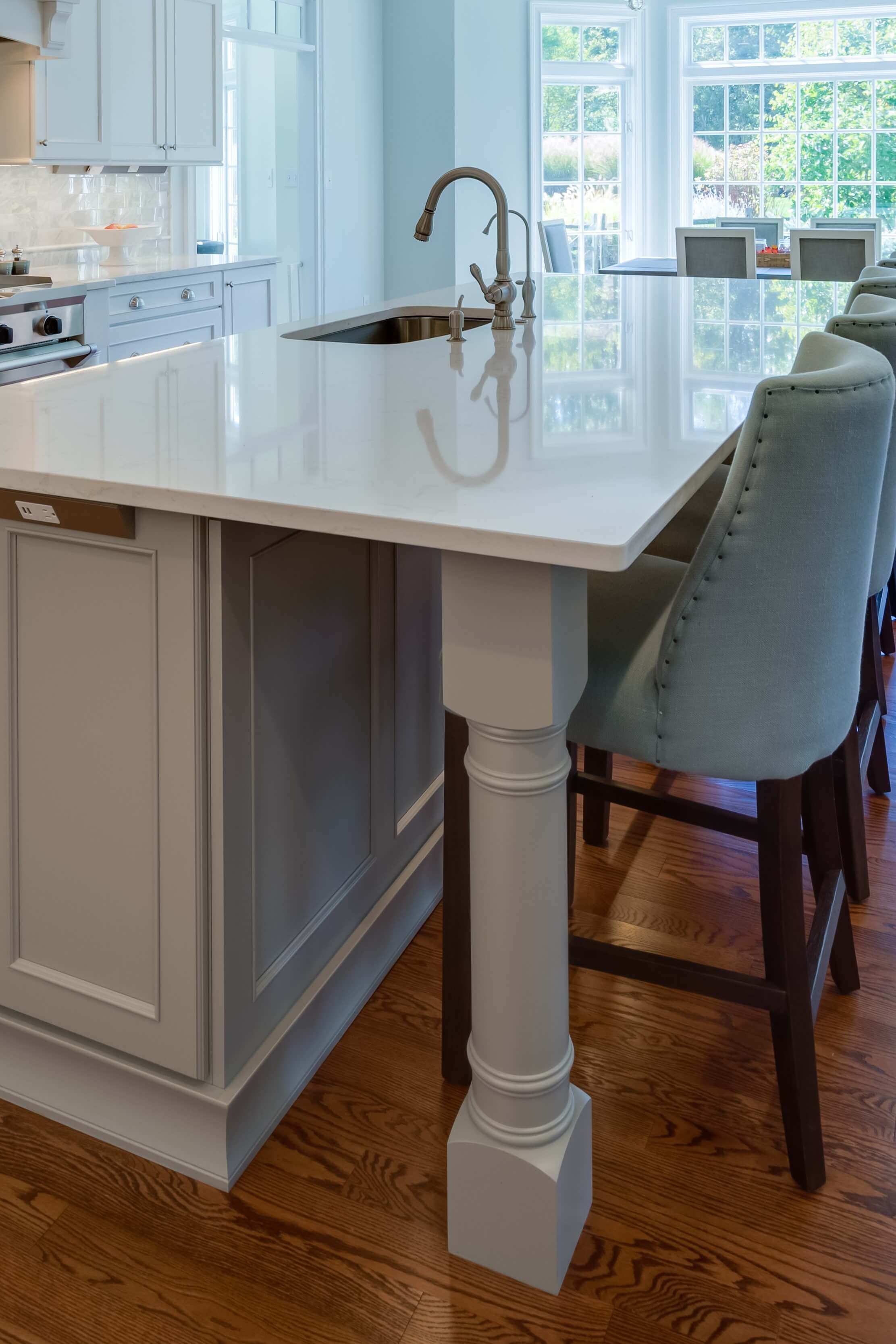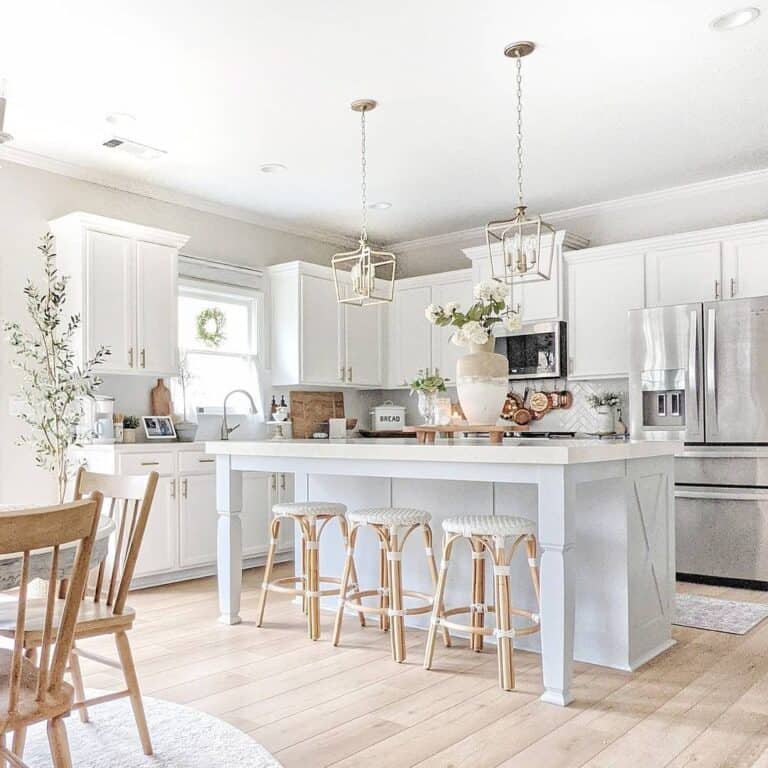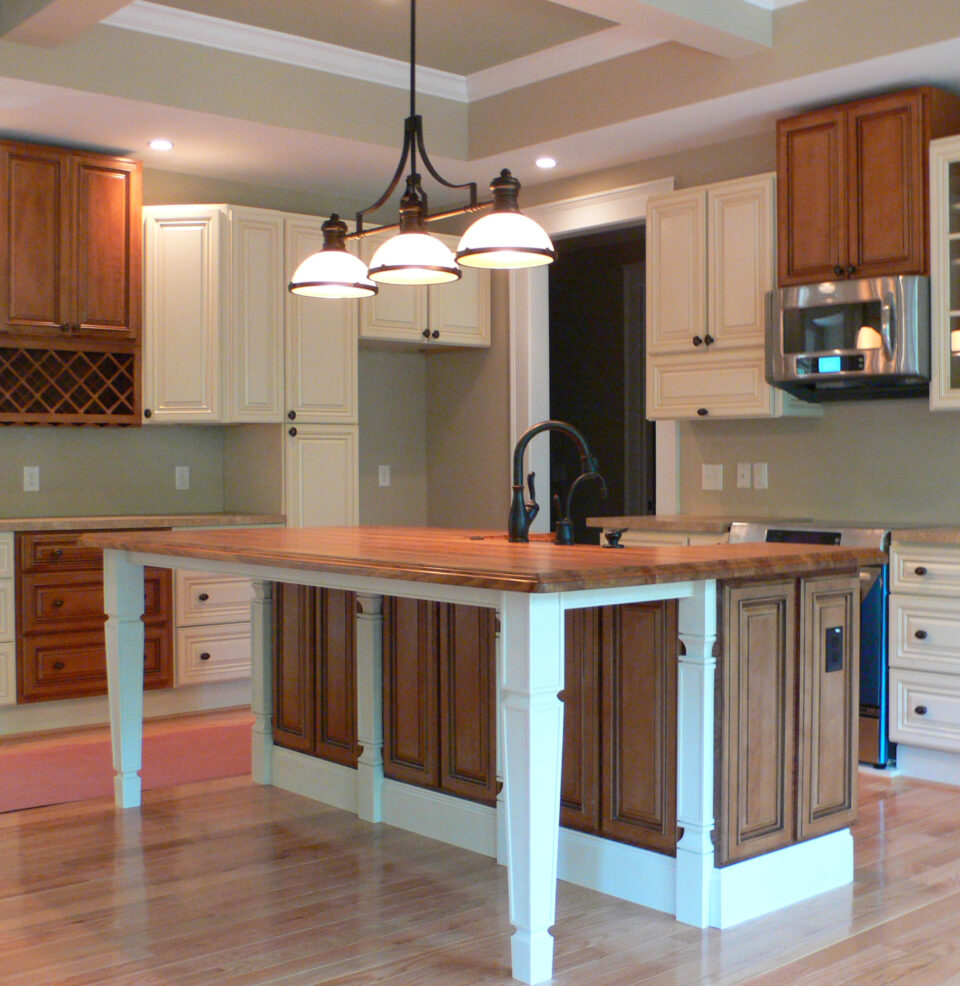Custom-made Kitchen Island Legs to Match Your Kitchen Visual
Custom-made Kitchen Island Legs to Match Your Kitchen Visual
Blog Article
A Guide to Picking the Suitable Kitchen Island for Your Home
Understanding your kitchen area's spatial characteristics is the first step, making sure that the island fits perfectly without interfering with the circulation. The choice of coatings and materials additionally plays a vital function in balancing the island with your kitchen's total style.
Assessing Your Space
Prior to picking a kitchen area island, it is essential to completely analyze your room to make sure the addition will certainly be both useful and visually pleasing. Begin by gauging the readily available area, consisting of the size, length, and elevation of the kitchen. Precise dimensions are vital to avoid purchasing an island that bewilders the room or one that is overmuch little.
Take into consideration the existing design and how the island will integrate with the present website traffic flow. A well-placed island should not restrain or block paths access to important appliances, such as the stove, refrigerator, and sink. Leave sufficient clearance room-- typically around 36 to 48 inches on all sides-- to enable comfortable activity and work area performance.
Following, examine the all-natural light and sightlines within your kitchen area. An island that blocks a window or interrupts aesthetic cohesion can make the area really feel cramped and dark. Consider just how the island's placement will certainly impact illumination and exposure, guaranteeing it enhances as opposed to interferes with the kitchen area's atmosphere.
Establishing the Purpose
Establishing the purpose of your kitchen island is an important action in guaranteeing it satisfies your particular demands and preferences. Prior to delving right into style or dimension factors to consider, it is necessary to clarify what main function the island will offer in your kitchen. Will it be a central center for meal prep work, an informal eating area, or possibly an added storage space service?
Additionally, adequate counter area for mixing and chopping, along with easily accessible storage space for kitchen area devices and active ingredients, can transform the island right into an effective workstation. Alternatively, if the island is meant to serve or assist in social communications as an eating location, seating plans come to be vital.

Selecting the Right Size
Choosing the right size for your kitchen island is an equilibrium of performance and area optimization. An excellent kitchen area island must provide enough workspace while making sure that motion around the kitchen area stays unblocked. Begin by measuring your kitchen area; a minimum clearance of 36 to 42 inches around the island is required to permit comfortable motion and accessibility.
The dimensions of the island should reflect its desired usage. If the island will offer primarily as a prep location, a width of 24 to 36 inches may be adequate.

Last but not least, ensure that the island's dimension enhances the general cooking area layout, preventing any frustrating presence that may take away from the cooking area's visual and utility - kitchen island legs. Cautious preparation and exact measurements will aid you achieve a efficient and unified kitchen environment
Picking Materials and Finishes
After identifying the appropriate dimension for your kitchen area island, the following step entails choosing ideal materials and finishes. The selection of materials substantially impacts both the visual appeal and performance of your kitchen island. Popular materials for countertops consist of butcher, granite, and quartz block, each offering distinct benefits. Granite, known for its resilience and ageless go to this site style, is highly resistant to scratches and heat. Quartz, a crafted rock, offers a non-porous surface that withstands stains and microorganisms. Butcher block, made from wood, includes a cozy, rustic charm and is suitable for cooking.
Along with the kitchen counter, think about the materials for the island base. Strong timber provides a traditional, sturdy look, while stainless steel gives a streamlined, modern appearance and is very easy to tidy. Repainted coatings can introduce a splash of color, with alternatives ranging from soft pastels to strong, vibrant tones.
When choosing surfaces, ensure they match the overall cooking area design. Matte surfaces use a contemporary feeling, while glossy surfaces can create a sleek, premium appearance. Take note of the resilience of finishes, especially in high-traffic areas, to maintain the island's appearance in time. Choosing the appropriate materials and coatings will enhance both the capability and aesthetic charm of your kitchen island.
Incorporating Practical Features
Integrating functional functions right into your cooking area island can considerably improve its utility and comfort, transforming it right into a functional centerpiece of your cooking area. One vital feature to think about is extra storage. Incorporating cabinets, cabinets, and Home Page open shelving can give much-needed area for kitchenware, tools, and tiny appliances, helping to keep a clutter-free environment.
An additional beneficial addition is an integrated sink or cooktop, which can enhance meal preparation and clean-up processes. A sink can assist in tasks such as cleaning veggies and cleaning up meals, while a cooktop can allow for cooking directly on the island, fostering an extra interactive and social cooking experience.
Take into consideration integrating seating choices, specifically if your cooking area increases as an informal eating area. Bar stools or built-in benches can transform the island into a multifunctional room for dishes, homework, or casual gatherings.
Finally, incorporating electric outlets right into your cooking area island can boost its usefulness. Electrical outlets give convenient gain access to for little kitchen area devices, charging stations for electronic gadgets, and extra lights alternatives.
Final Thought

Before picking a kitchen island, it is essential to completely analyze your area to make certain the enhancement will be both functional and visually pleasing.Choosing the best size for your kitchen island is an equilibrium of capability and space optimization. kitchen island legs. An excellent kitchen island should supply sufficient office while making certain that movement around the kitchen area stays unimpeded.Integrating practical functions right into your kitchen island can considerably improve its utility and comfort, transforming it into a versatile centerpiece of your kitchen.In final thought, picking the perfect important source kitchen area island requires a comprehensive assessment of the readily available space, clearness concerning its primary function, and mindful consideration of the proper size and products
Report this page